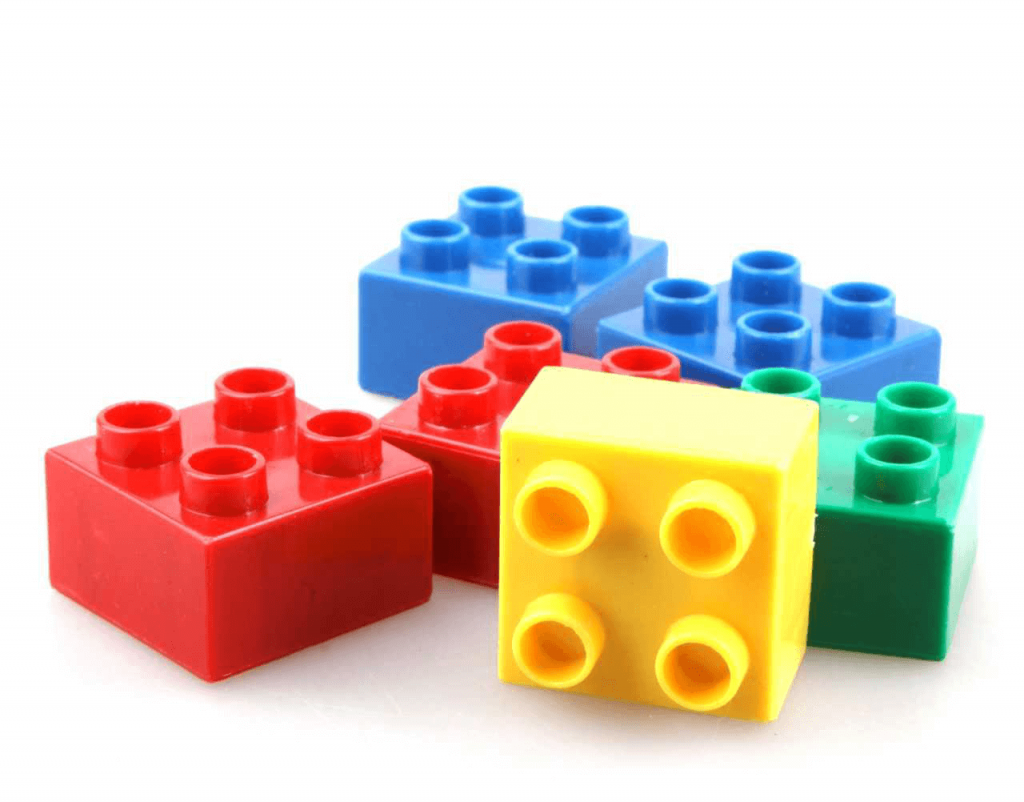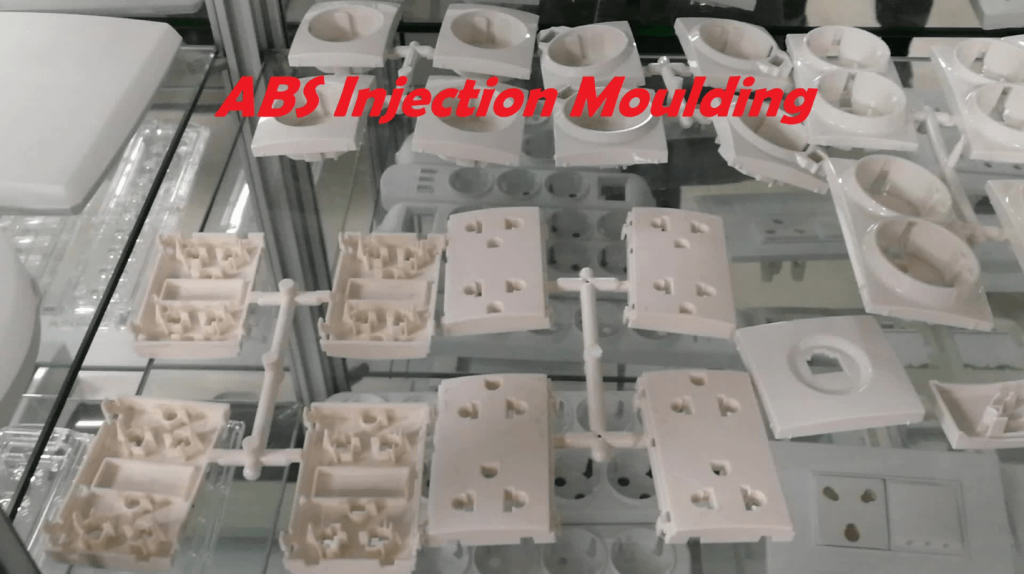Fabricants de moulage en plastique ABS: ce qui peut être moulé avec du plastique ABS
Que peuvent mouler les fabricants de moulage en plastique ABS à partir de plastique ABS?
L'acrylonitrile butadiène styrène (ABS) est l'un des types de polymères thermoplastiques les plus courants que les fabricants de moulage de plastique ABS utilisent dans le monde entier pour de nombreuses applications commerciales, domestiques et industrielles.
ABS plastic offers a number of benefits, thus making it the first choice for moulding purpose. What more is that the plastic comes with robustness and outstanding quality. Its attributes further enhance its appeal. With ABS, it is possible to create almost any sort of design and shape.
In this blog post, we are going to talk about the different applications of ABS plastic. We will shed light on what the manufacturers can mold using one of the best plastic types. So, without any further delay lets us get started!

ABS Plastic Moulding Manufacturers: Molding ABS
History
If you think that ABS is a new form of plastic, you need to revisit the plastic industries’ history. You can trackback the history of ABS to the 1940s. At that time, it was popular among the manufacturers to use styrene-acrylonitrile copolymers.
Le matériau pouvait augmenter la dureté par rapport au styrène, mais il convenait parfaitement à un certain nombre d'applications. Même maintenant, ce matériau présente plusieurs limitations mécaniques et physiques. Ces limitations auraient rendu le matériau inutile jusqu'à ce qu'il conduise à la création de butadiène, de monomère et d'ABS.
ABS a vu le jour en 1950, et depuis lors, il est devenu un énorme succès. Les fabricants de moulage du monde entier utilisent pour une large gamme de composants et de pièces. Ce sont les polymères techniques les plus recherchés.
Il existe trois principaux composants individuels du plastique ABS. La combinaison de ces caractéristiques uniques contribue à l'efficacité globale et à l'efficience du produit. Ils améliorent dans une large mesure la qualité de l'ABS.
Les trois composants: l'acrylonitrile, le butadiène et le styrène font du plastique ABS le meilleur.
Acrylonitrile
This component is responsible for providing thermal and chemical resistance.
Butadiene
The strength of the ABS plastic comes to form this particular component. It makes it robust and sturdy.
Styrene
It adds to the aesthetic sense of the final product. The glossy finish of the final product is due to the presence of styrene.
Properties of ABS Plastic
The thermoplastic property of ABS is among its most defining characteristics. Abs thermoplastic is polymers. These polymers tend to melt after a certain temperature. They become pliable and soft. Once you give them time to cool, they would solidify again.
Thus, it is possible to re-melt and re-mold the thermoplastics as many times as you like, with little to no degradation to its mechanical properties. This is something manufacturers are looking for today. After all, every industry needs to go green in every possible way.
You would not acquire the same result using the thermoset plastic. In this case, when you heat the plastic it burns. Due to its ability to take be reshaped, it is popular among injection moulding manufacturers.
Physical and Mechanical Properties
ABS comes with a number of desirable mechanical as well as physical properties. Most of these properties are superior to several other popular polymer materials. Some of these properties include hardness, toughness, chemical resistance, heat resistance, impact resistance, tensile strength, and abrasion resistance.
Il est également possible d'améliorer les propriétés spécifiques de l'ABS en ajustant sa composition chimique. Ainsi, vous permettant d'accéder à différentes qualités de matériaux qui conviennent à différentes applications.
Certaines autres propriétés exceptionnelles de ce matériau étonnant comprennent
- Réceptif aux adhésifs
- Réceptif aux peintures
- Qualités esthétiques brillantes
- Excellente usinabilité
- Rigidité
- Résistance à la compression
- Isolation électrique
- Stabilité dimensionnelle
Paramètre d'injection pour produit ABS
Température de plastification
Plage de température de la résine ABS de 180 à 280 ° C. La température exacte est définie par le type de matières premières que le fabricant utilise dans le produit. Pour certaines applications, un ajustement est impératif. Par exemple, dans le cas d'une résine chauffée, le fabricant devrait utiliser une température plus élevée.
However, for a general-purpose resin, the temperature needs to be lower. It is important to control and retain different temperatures throughout the injection moulding process of ABS. For example, the temperature should be between 180 to 230°C for barrel application. It should range between 190 to 220°C for the nozzle. However, in case of a high flow resin, the nozzle temperature would be between 170 to 180°C.
ABS Plastic Molding Manufacturers – Moulding Machine Injection Pressure
In most cases, manufacturers use injection pressure between 60 to 150 MPa for ABS resin melt. In the case of the injection-molded product requires a thick wall and it has a large gate size, then the injection pressure can vary from 70-100 MPa.
De même, lorsqu'il y a un flux de fusion plus long, le produit moulé par injection est petit et le fabricant utilise une résine résistante à la chaleur, alors la machine de moulage par injection nécessite une pression de 120 à 150 MPa.
Vous devez également prendre en compte la pression de maintien de la machine de moulage par injection . Dans la plupart des cas, la pression de maintien de la machine est comprise entre 60 et 70 MPa. Cette pression concerne les produits qui ont une faible contrainte interne. Dans la plupart des cas, la vitesse d'injection de la matière fondue est généralement faible ou moyenne.
REMARQUE: Le type de résine a un grand impact sur tous les aspects de la vitesse de moulage par injection.
Température du moule
Le contrôle de la température du moule en ABS est également impératif pour garantir des pièces ou des composants précis et de haute qualité. Dans la plupart des cas, le corps de charbon formant un moule en ABS est contrôlé dans une plage de température de 40 à 80 ° C.
NOTE: When you use high mold temperature, it would lead to smaller internal stress of the product, better melt filling quality, and good product appearance.
Although, high-temperature molds are effective, but there needs to be an upper bound. If the ABS plastic molding manufacturers increase the mold temperature beyond the upper limit it would result in shrinkage of the product.
In addition, this product would easily be deformed once you demold it. Furthermore, the manufacturing cycle time of the product increases, thus resulting in additional energy and money. Therefore, it is imperative to ensure that the die moulding temperature for an ABS product is within range.
In general, the manufacturer keeps the temperature between 40 to 60°C.
ABS Plastic Moulding Manufacturers – Applications/ Industries
Due to the machinability of relatively low cost and exceptional properties, ABS is the perfect material for a number of applications. The use of ABS is so widespread, that you would be interacting with one, without knowing about it.
Everything from cell phone housings, radio, toolboxes, furniture, power tools, kitchen appliances, and luggage, as well as the reproduction of prototypes, is possible due to this powerful material. Its receptiveness to paints, dimensional stability, and adhesives make it an excellent choice.
The use of ABS is not limited to domestic and home products. On the contrary, several industries use it every day. Below, we have listed some of these industries.
Food Industry
FDA approves of ABS for food contact application including food packaging and appliances. Therefore, making it the prime choice of people in the food industry as well as the packaging world.
Aerospace
ABS parts are found both on the exterior as well as the interior of the areophane. They are part of different types of aircraft. A common example of these components includes cockpit visors, signage, seating parts, cargo containers, and the luggage bins.
Automobile
The automotive industry is incorporating ABS into their cars to make them lightweight. At the same time, ABS is effective for improving fuel efficiency. Some of the common ABS automotive components include body parts, wheel covers, dashboards, and trimmings.

Pharmaceutical and Medical
Since the medical grades of ABS have improved biocompatibility, therefore, they are excellent for medicine administering devices as well as for food. You will also find ABS an important material for the manufacturing of housing and cases of numerous medical devices.
Toys
ABS is extremely common for creating children’s toys as it has a durable nature and is non-toxic. For instance, it is used for creating action figures, Legos, or tricycles among others.
In addition, ABS plastics are common for 3D printing as well.



